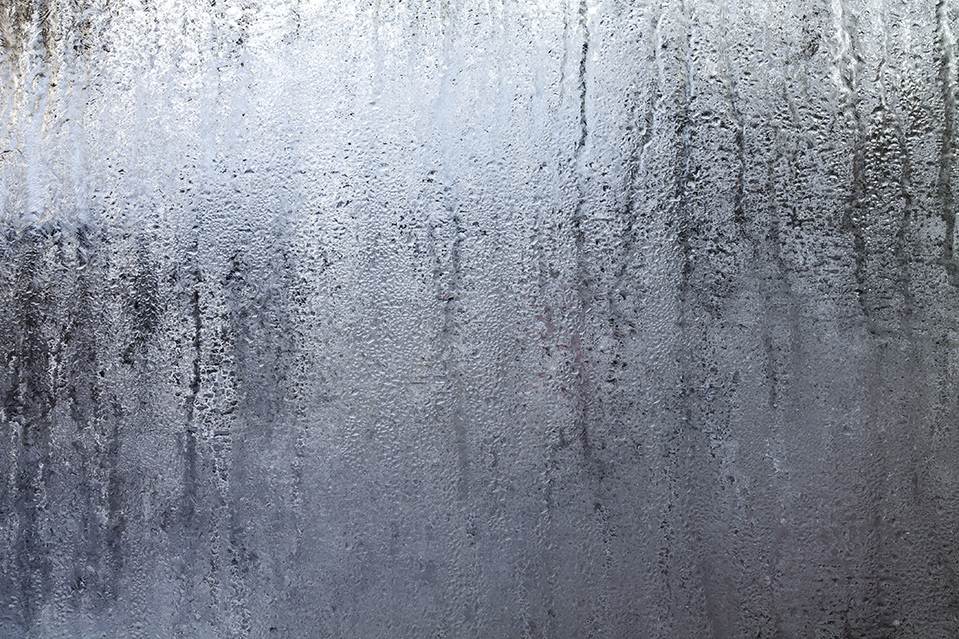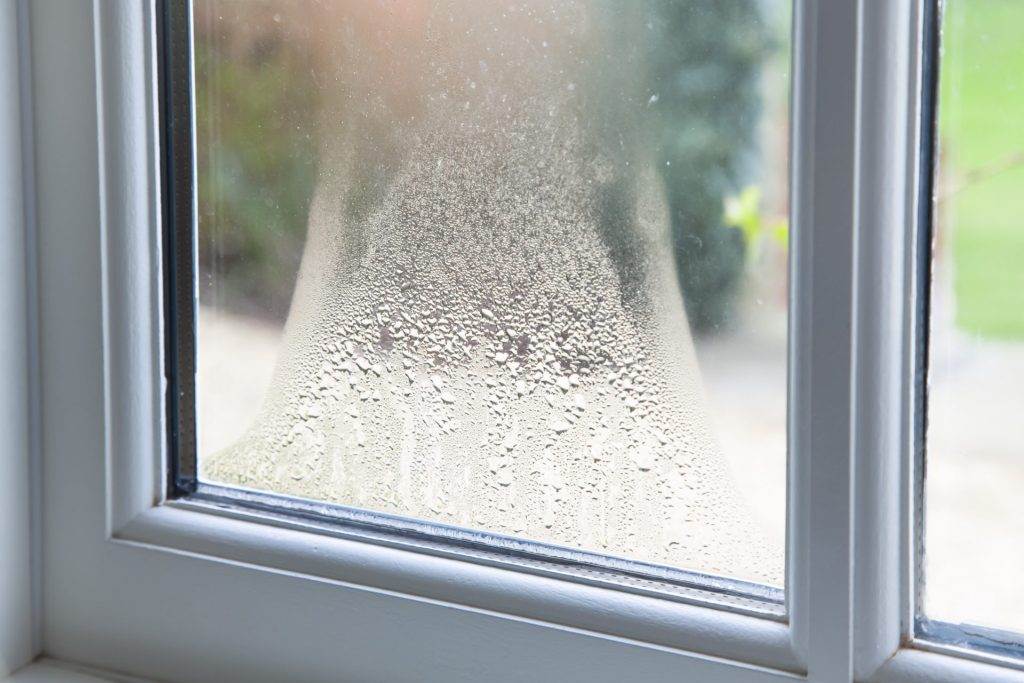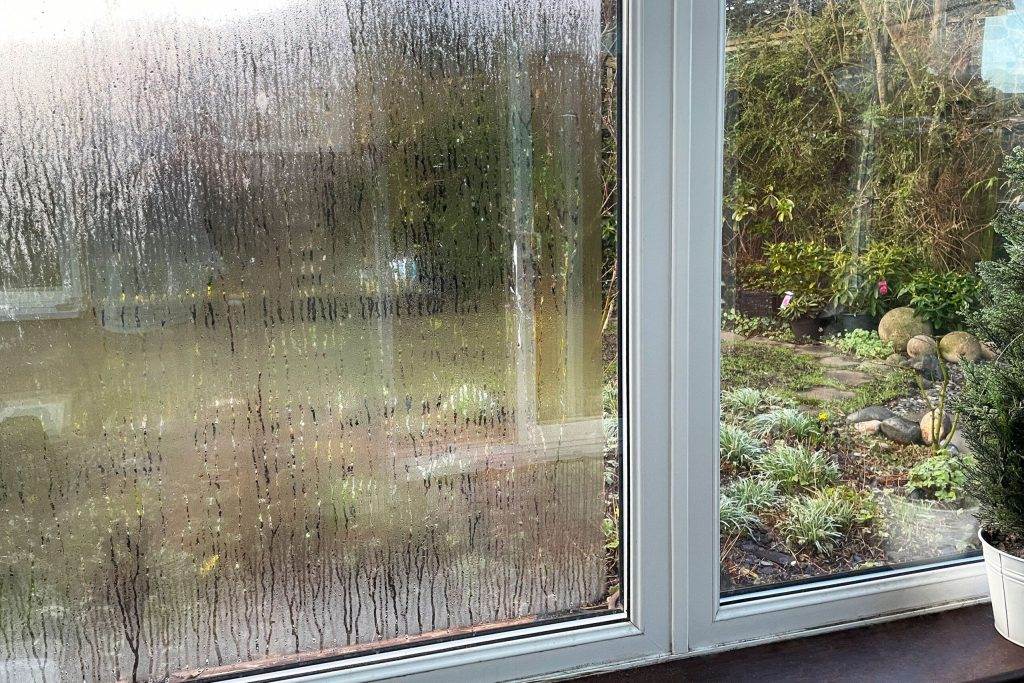If you live in an area prone to severe weather conditions, you’re probably familiar with impact windows. They’re designed to withstand high winds and debris, providing you with peace of mind during storms. However, a common concern among homeowners is whether impact windows fog up. Nobody wants to invest in a product that compromises visibility, and in this article, we explore the science behind impact windows and their resistance to fog. We’ll uncover the truth behind this popular question and shed light on what you can expect from impact windows in terms of clarity and performance.
Why fogging occurs in windows
Condensation
Fogging in windows occurs when condensation forms on the glass surface. Condensation is the result of moist air coming into contact with a cold surface, such as a window pane. When warm, humid air encounters the cool surface of a window, the moisture in the air condenses into water droplets, causing fogging or a foggy appearance on the glass.
Air leakage
Another cause of fogging in windows is air leakage. If there are gaps or cracks in the window frame or sealant, outside air can enter the space between the glass panes. This can lead to the formation of condensation when the temperature drops, causing fogging to occur. Air leakage is more common in older or poorly installed windows.
Low interior temperature
When the interior temperature of a room is significantly lower than the outside temperature, fogging in windows becomes more likely. This temperature difference can cause the surface of the window to cool, leading to condensation and fogging. Low interior temperatures can be a result of insufficient insulation or inefficient heating systems.
High humidity
High humidity levels in a room can contribute to fogging in windows. When the air is saturated with moisture, any cold surface, such as a window, can easily become a condensation point. Excess humidity can be caused by activities such as cooking, showering, or even just breathing. If the humidity is not adequately controlled, it can lead to fogging issues in windows.
Characteristics of impact windows
Double or triple pane
One of the key characteristics of impact windows is that they typically consist of double or triple pane glass. These multiple layers of glass provide better insulation and reduce the transfer of heat and cold between the interior and exterior of a building. The extra layers also help to minimize the formation of condensation and fogging on the window surface.
Low-E coating
Impact windows often have a Low-E (low-emissivity) coating applied to the glass. This thin, invisible coating helps to reflect heat back into the room while allowing visible light to pass through. By reducing heat transfer, the Low-E coating can help prevent fogging by keeping the temperature of the glass closer to the room temperature.
Argon or krypton gas fill
Between the layers of glass in impact windows, there is often a gas fill, typically either argon or krypton. These inert gases are denser than air, providing additional insulation and reducing the potential for fogging. The gas fill helps to create a thermal barrier that minimizes temperature differences on the glass surface.
Insulating frames
In addition to the glass, impact windows feature frames that are designed with insulation in mind. These frames are typically made of materials such as vinyl, fiberglass, or reinforced aluminum. The insulating frames help to further reduce heat transfer and prevent fogging by maintaining a consistent temperature throughout the window structure.

This image is property of kellywindowanddoor.com.
Fogging in impact windows
Possibility of fogging
While impact windows are designed to minimize the risk of fogging, it is still possible for them to experience fogging issues under certain conditions. Factors such as high humidity levels, extreme temperature differentials, or improper installation can increase the likelihood of fogging occurring in impact windows. However, compared to regular windows, impact windows have a lower probability of fogging due to their enhanced insulation and design.
Impact of fogging on performance
Fogging in impact windows can have several negative effects on their performance. Firstly, the foggy appearance can obstruct the view through the window, affecting visibility and natural light transmission. Additionally, the presence of condensation can indicate a higher level of moisture in the window system, which can lead to structural damage or mold growth if not addressed promptly. Fogging can also reduce the insulating properties of the window, impacting energy efficiency and potentially increasing heating or cooling costs.
Causes of fogging
The causes of fogging in impact windows are similar to those in regular windows. It can be a result of high humidity levels, air leakage, inadequate insulation, or poor installation. If the window sealant or frame is damaged, moisture can penetrate the window system and lead to condensation and fogging. Age can also be a contributing factor, as older windows may have degraded seals or insulation that is less effective in preventing fogging.
Factors affecting fogging
Humidity levels
High humidity levels are a major contributor to fogging in impact windows. If the humidity inside a room or building is consistently high, the moisture in the air is more likely to condense on the cool surface of the window glass, leading to fogging. Controlling humidity levels through ventilation or dehumidification can help mitigate this issue.
Temperature differentials
Significant temperature differentials between the interior and exterior of a building can increase the chances of fogging in impact windows. If the interior temperature is much cooler than the outside temperature, the glass surface can become colder, causing condensation to form. Proper insulation, well-maintained HVAC systems, and efficient heating or cooling can help minimize temperature differentials and reduce the risk of fogging.
Quality of installation
The quality of the window installation plays a crucial role in preventing fogging. If the windows are not properly installed, there may be gaps or cracks that allow air or moisture to enter the window system. This can result in air leakage and the potential for condensation and fogging. Hiring experienced professionals for the installation of impact windows is essential to ensure a proper seal and minimize the risk of fogging.
Window age
As windows age, their seals and insulation may deteriorate, making them more susceptible to fogging. Over time, the materials used in the window construction can degrade or wear out, compromising their ability to resist air and moisture infiltration. Regular maintenance and inspections can help identify signs of deterioration and address any issues before they lead to fogging problems.

This image is property of www.windowworksnc.com.
Preventing fogging in impact windows
Proper installation
To prevent fogging in impact windows, it is crucial to ensure proper installation. This includes hiring experienced professionals who are familiar with the specific requirements of impact windows. A proper installation will ensure a tight seal, minimizing the risk of air or moisture leakage that can lead to condensation and fogging. Following manufacturer guidelines and recommendations is essential for achieving a successful and long-lasting installation.
Ventilation
good ventilation is important in controlling humidity levels and reducing the chances of fogging in impact windows. Proper airflow helps to remove excess moisture from the air, preventing it from condensing on the window surface. Opening windows periodically, using exhaust fans in high-humidity areas like bathrooms and kitchens, and having a balanced ventilation system can all contribute to improved air circulation and humidity control.
Humidity control
Maintaining proper humidity levels indoors is crucial for preventing fogging in impact windows. Using dehumidifiers or air conditioners can help remove excess moisture from the air, reducing the likelihood of condensation on the windows. Monitoring and controlling humidity levels using hygrometers or smart home systems can provide valuable information for adjusting ventilation or HVAC settings to maintain optimum humidity levels.
Regular maintenance
Regular maintenance of impact windows is essential for preventing fogging issues. Inspecting the window frames, seals, and hardware for any signs of damage or wear can help identify potential areas of air or moisture infiltration. Cleaning the windows regularly using mild, non-abrasive cleaners can also help maintain their performance and reduce the buildup of dirt or contaminants that can contribute to fogging.
Cleaning fogged impact windows
Identifying the type of fogging
Before cleaning fogged impact windows, it is important to identify the cause of the fogging. If the fogging is on the interior surface of the window, it is likely a result of high humidity levels in the room. If the fogging is between the glass panes, it indicates a problem with the window’s seal or insulation. Identifying the type of fogging will help determine the appropriate cleaning method or if professional assistance is required.
Simple cleaning methods
For interior fogging caused by high humidity, simple cleaning methods can be effective. Using a mixture of warm water and mild dish soap, gently clean the fogged surface with a soft cloth or sponge. Avoid using abrasive materials or cleaners, as they can damage the window surface. After cleaning, ensure proper ventilation to reduce humidity levels and prevent further fogging.
Professional assistance
If the fogging occurs between the glass panes or persists despite cleaning, it is advisable to seek professional assistance. Fogging between the panes indicates a failed seal or insulation, and the window may need to be repaired or replaced. A professional window contractor or glass specialist can assess the situation and recommend the appropriate course of action to address the fogging issue.

This image is property of s42814.pcdn.co.
Repairing or replacing fogged impact windows
Repairing the insulated glass unit (IGU)
If the fogging occurs between the glass panes, it may be possible to repair the insulated glass unit (IGU) instead of replacing the entire window. To repair the IGU, the damaged seal is typically removed, and the space between the panes is thoroughly cleaned and dried. A new seal is then applied to create a tight seal and prevent further fogging. However, not all fogged IGUs can be successfully repaired, and it is important to consult with a professional to determine the best course of action.
Replacement options
In some cases, replacing the entire window may be necessary to address fogging issues. A complete window replacement ensures that both the glass and frame are in optimal condition to prevent future fogging. If the window is older or has other issues, such as damaged frames or hardware, replacing the window as a whole may be the most effective solution. consulting with a window professional will help determine the most appropriate replacement options based on the specific circumstances.
Cost considerations
When deciding whether to repair or replace fogged impact windows, cost considerations play a significant role. Repairing an IGU is generally less expensive than replacing the entire window. However, the cost of repair or replacement can vary based on factors such as the size of the window, the degree of damage, and the complexity of the installation. Obtaining multiple quotes from reputable window contractors can help evaluate the cost-effectiveness of each option and make an informed decision.
Impact window warranty and fogging
Warranty coverage for fogging
Warranties for impact windows often cover fogging issues to varying degrees. The specific coverage for fogging can depend on the window manufacturer and the terms of the warranty. Some warranties may offer full coverage for fogging and associated repairs or replacements, while others may have limitations or exclusions. It is important to carefully review the warranty documentation to understand what is covered and any requirements for filing a claim related to fogging.
Claims and replacements
If fogging occurs within the warranty period, it is essential to follow the manufacturer’s instructions for filing a claim. This usually involves contacting the window manufacturer directly or working through an authorized dealer or installer. Providing detailed information and supporting documentation, such as photographs or invoices, can aid in the claims process. The manufacturer will assess the situation and determine whether repair or replacement is warranted based on the terms of the warranty.
Warranty duration
The duration of the warranty for impact windows can vary depending on the manufacturer and product. It is important to review the warranty documentation to determine the specific duration of coverage. Common warranty periods for impact windows range from 10 to 20 years, with some manufacturers offering longer warranties for certain components or aspects of the window. Understanding the warranty duration and any applicable limitations is crucial for planning and addressing any fogging issues that may arise.

This image is property of www.thespruce.com.
Conclusion
Fogging in impact windows can be a frustrating issue that affects visibility, energy efficiency, and overall window performance. Understanding the causes and factors that contribute to fogging is essential for prevention and timely resolution. By investing in impact windows with proper insulation, low-E coatings, and gas fills, as well as ensuring proper installation and maintenance, the risk of fogging can be significantly reduced. In the event of fogging, appropriate cleaning methods and professional assistance can help restore the performance of impact windows. It is also important to review the warranty coverage and follow the manufacturer’s instructions to address fogging issues and potentially receive necessary repairs or replacements.
